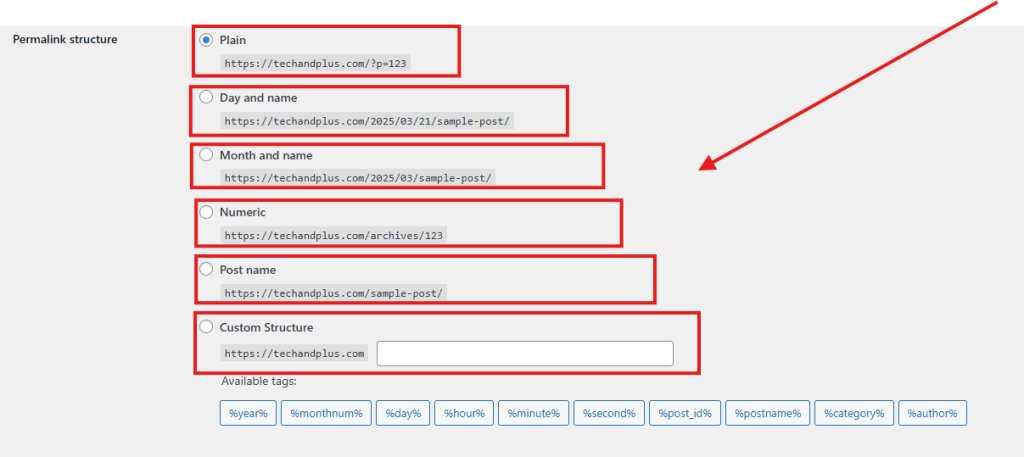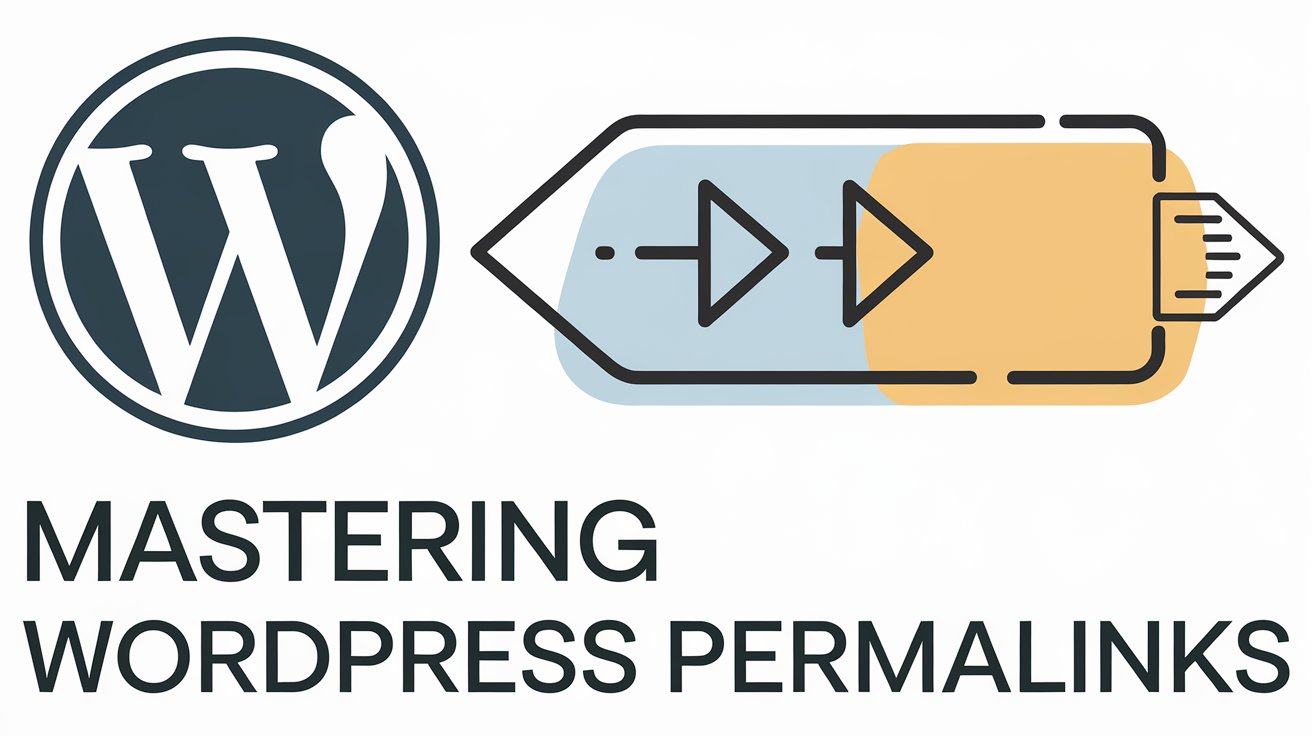A WordPress permalink is the permanent URL assigned to a specific post, page, or other content on a WordPress website. It serves as the web address that users and search engines use to access content.
WordPress offers different permalink structures, allowing site owners to customize URLs for better readability and SEO performance.
Read More: How to Create a Table of Contents in WordPress
The Role of Permalinks in Writing
When it comes to creating content for the digital world, one crucial yet often overlooked element is the structure of our URLs. A well-crafted permalink can be the difference between a page that ranks well on search engines and one that gets buried under a sea of competing content.
In this article, we will explore the different types of WordPress permalink structures and their impact on SEO, all while emphasizing the essence of clear and effective digital content creation.
The Role of Permalinks in Writing
In writing, clarity and structure are key. The same applies to how we present information on the web. Permalinks, which are permanent URLs assigned to individual pages and posts, play a critical role in ensuring that content is accessible, readable, and optimized for search engines.
Types WordPress Permalink Structure
WordPress offers five main types of permalink structures, which determine how your URLs appear. These structures help improve SEO and user-friendliness. Here are the types:

1. Plain (Default Permalink)
- URL Example:
https://example.com/?p=123 - Description: This structure relies on a query string with a post ID, making it unreadable for humans and search engines alike.
- SEO Impact: Poor. It lacks keywords, making it difficult for search engines to understand the page’s topic.
2. Day and Name
- URL Example:
https://example.com/2025/03/21/sample-post/ - Description: Includes the full date of publication before the post name.
- SEO Impact: Neutral to negative. While it provides a timestamp, it can make content appear outdated, reducing click-through rates over time.
3. Month and Name
- URL Example:
https://example.com/2025/03/sample-post/ - Description: Similar to “Day and Name” but excludes the day.
- SEO Impact: Slightly better, but still not ideal for evergreen content.
4. Numeric
- URL Example:
https://example.com/archives/123 - Description: Uses only numbers as identifiers, making it difficult to interpret.
- SEO Impact: Poor. Like the default structure, it lacks keyword relevance and is unfriendly to users.
5. Post Name (Best for SEO and Readability)
- URL Example:
https://example.com/sample-post/ - Description: Uses the post title as the slug, creating a clean and readable URL.
- SEO Impact: Excellent. Search engines can easily recognize the topic, and users find it easy to remember and share.
6. Custom Structure
- URL Example:
https://example.com/%category%/%postname%/ - Description: Allows for customized URLs by incorporating category names, post titles, or other elements.
- SEO Impact: Highly effective when used strategically, particularly for large or well-structured websites.
Why Writing Matters in SEO
SEO is more than just algorithms—it’s about writing for people first. Search engines like Google prioritize user experience, meaning that content should be:
- Readable: Simple, engaging, and free of jargon.
- Relevant: Aligned with user intent and search queries.
- Structured: Organized with headers, lists, and clear formatting.
Permalinks should reflect these principles, ensuring that URLs are intuitive, meaningful, and easy to share.
Best Practices for WordPress Permalinks
- Use “Post Name” for clean and concise URLs.
- Include keywords relevant to the content.
- Avoid using dates to keep content evergreen.
- Keep URLs short for readability and usability.
- Use hyphens (-) instead of underscores (_) for better indexing.
Conclusion
Creating content that resonates with both readers and search engines requires attention to detail—not just in the body of your posts but also in the way they are structured online. WordPress permalinks serve as the digital addresses for your content, and choosing the right structure can improve visibility, accessibility, and engagement.
At the end of the day, writing remains at the core of digital success. Whether it’s crafting compelling blog posts or optimizing permalinks, the goal is always the same: creating meaningful, valuable, and user-friendly content that stands the test of time.

Thank you so much, was looking for a detailed and clear tutorial on the subject
Thank you very much for your feedback.
The best tutorial, this is exactly what we were looking for. Well explained, thank you!
Thank you very much for your feedback.
Your way of explaining is great.
Thank you very much for your feedback.
Excellent guide style… Highly professional 🔥🔥💯💯
Thank you very much for your feedback.
This is so helpful, thank you very ,such
Thank you very much for your feedback.